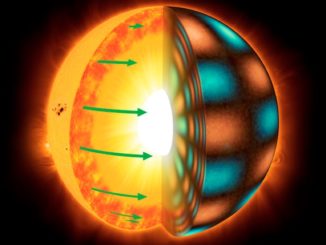
Month: September 2018

News

News

News

News

Picture This

News

News

News

Picture This

News
